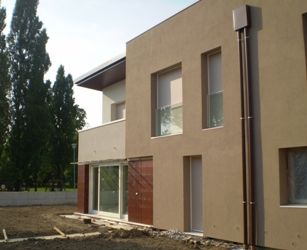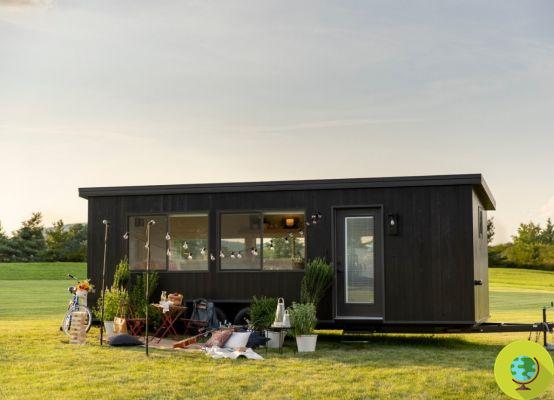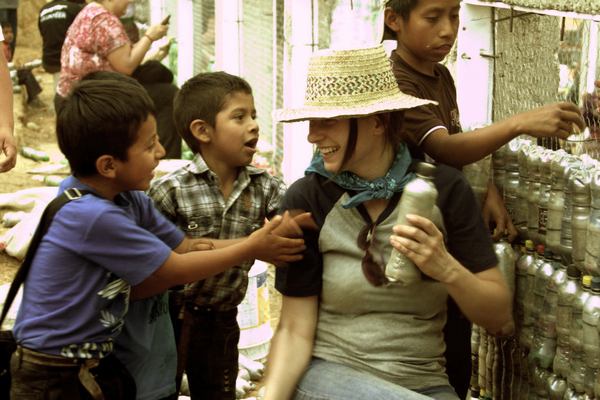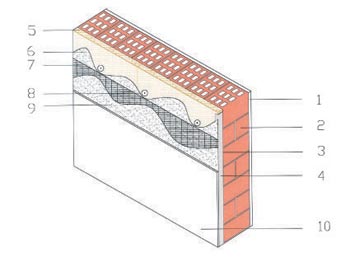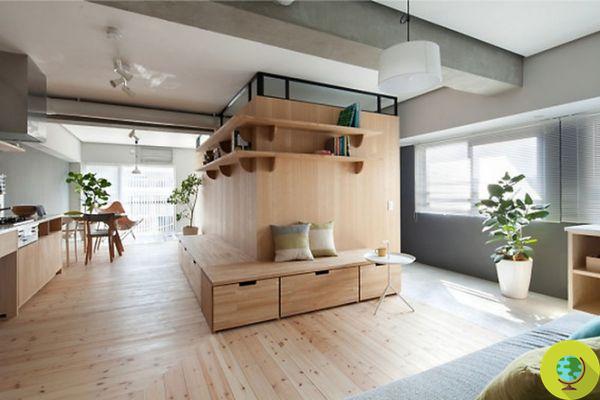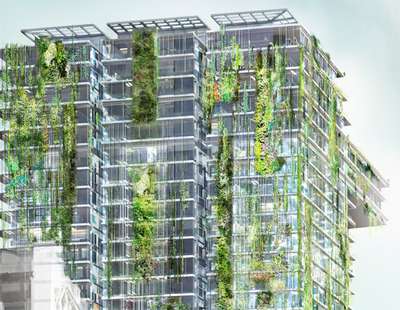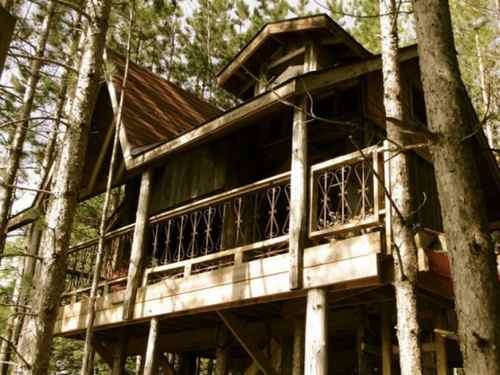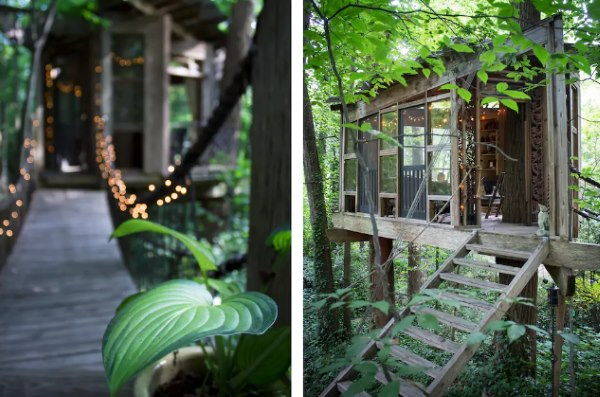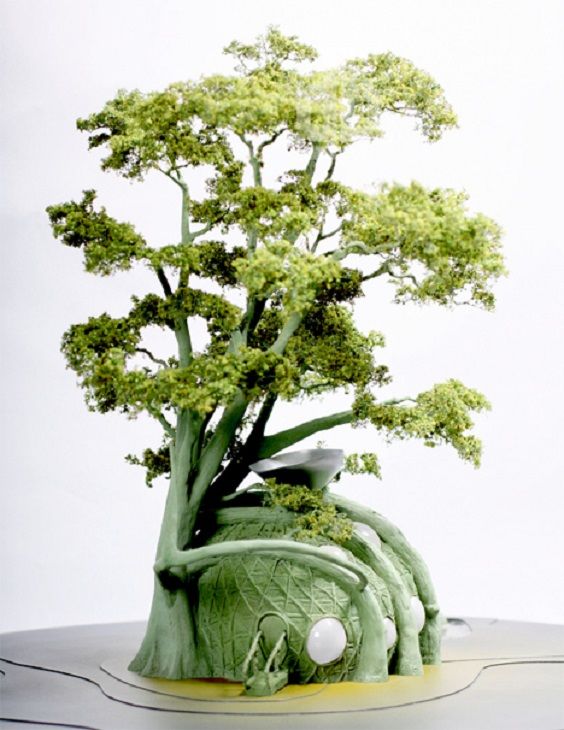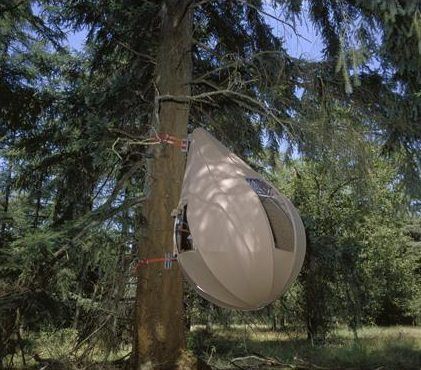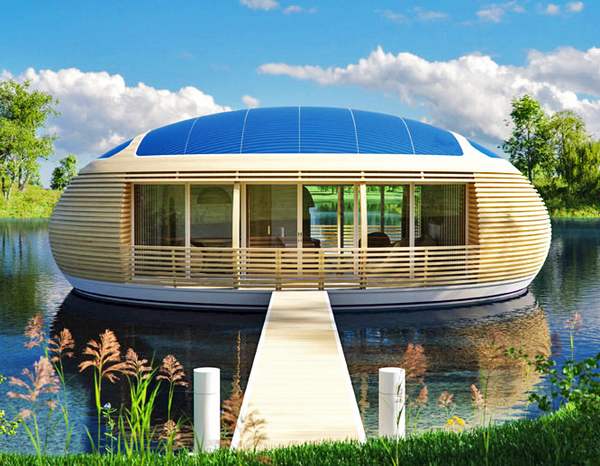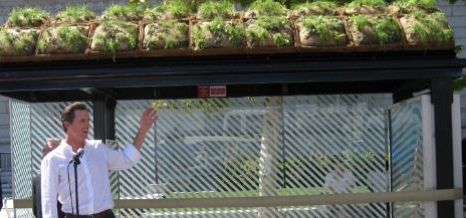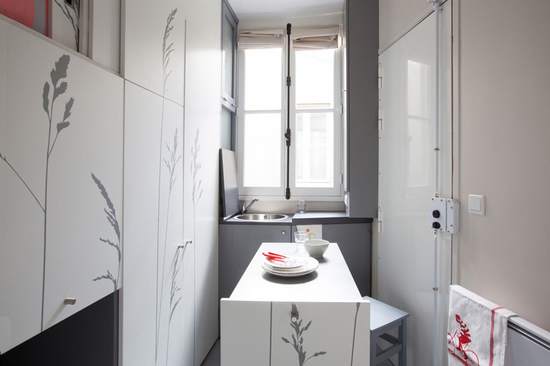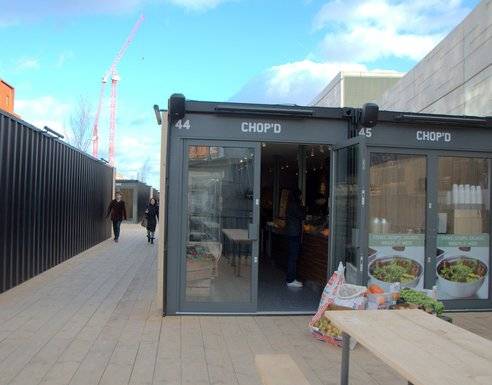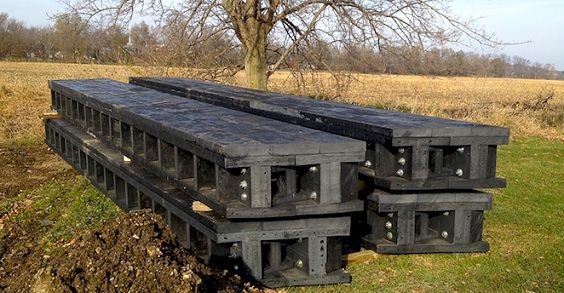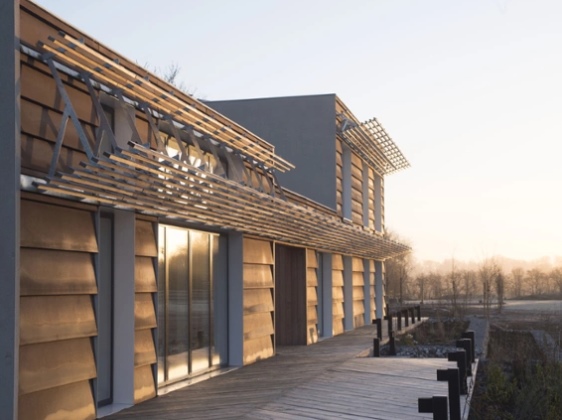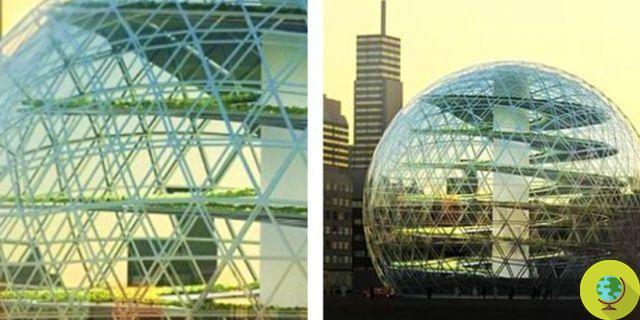
How to cultivate the land when finding a piece of available land is really difficult? Taking advantage of the space in height, just like the. This is the idea of the Swedish company Plantagon which designed the first greenhouse skyscraper. The building, winner of the Red Herring Top 100 Global Award, will be built in Linköping, Sweden
He is about to end up run over, his mother saves him
Vertical Farm in Sweden. How to cultivate the land when finding a piece of available land is really difficult? Taking advantage of the space in height. This is the idea of Swedish society Plantagon who designed the first skyscraper greenhouse. The building, winner of the Red Herring Top 100 Global Award, will arise in Sweden, a Linköping.
With its 54 meters high, the new "plantscraper"Will host hundreds of crops using an innovative agricultural system that can do without soil. Sweden thus leads the way but soon plants could be grown in these greenhouse skyscrapers in urban centers of cities around the world, in an attempt to make thecheaper, more sustainable agriculture and above all to satisfy the growing demand linked to the increase of the world population.
These vertical greenhouses, according to the project of the Plantagon company, will use an innovative feeding system that feeds the plants with enriched water, eliminating the need for soil. Furthermore, as the indoor climate can be controlled, such a system could also significantly increase yields, giving plants the best conditions and eliminating the use of pesticides.
In Linkoping, the structure (which is just over half the height of the Big Ben Tower in London) is already under construction. Within the next year, the special high-rise will produce a wide range of green leafy vegetables, including salad, spinach and mustard.
Some supermarket foods such as tomatoes and strawberries are already grown on farms that use a primitive form of the so-called hydroponic system. But plantscraper are certainly a more sophisticated solution. The Swedish idea has already traveled the world and attracted many countries. Similar constructions are already planned or under construction not only in the Scandinavian country but also in Japan, China, Singapore and in Chicago in the United States.
In these skyscrapers-greenhouse land is therefore not needed, because growth is guaranteed by the use of water enriched with minerals. How do they work? During their phases of growth, the crops are from time to time brought to the lower floors until they reach the right ripeness. At that point they are at ground level. The degree of productivity is very high: we are talking about 300 kilos of harvest per square meter. This means that a 25-story skyscraper can meet the needs of 350 people.
But the greenhouse skyscrapers are also under observation by large farmers, for example by Birds Eye which is monitoring the success of the Verticrop hydroponic system used at Paignton Zoo in Devon to produce vegetable crops for animals. There, plants arranged on some "trays" are constantly moving around a glass building on a conveyor belt to ensure they get the light they need.
A number of UK companies are exploring the technology, including East End Food, which is building a vertical farm in Aston Cross, Birmingham. Company president Tony Deep Wouhra he explained to the Daily Mail that the system has enormous advantages over conventional agriculture, because it accelerates the growth process and saves space, but in the long run this technique could also be extended to families: "The method could be developed to allow families to produce food in levels in their gardens or even on the balcony of an apartment ".
The idea of plantscrapers is also supported by Dickson Despommier of Columbia University that vertical agriculture is considered one of the solutions to reduce global greenhouse gas emissions, to fight water scarcity and to meet the needs of an ever-growing population. The advantages? Numerous since all the water is recycled and reused, as well as all the nutrients.
Everything the building creates is the product.
Francesca Mancuso
Read also:
- Vertical Farm: the 10 greenest skyscrapers (or towers) in the world
- Vertical Farm and Agritettura: agriculture develops towards the sky




